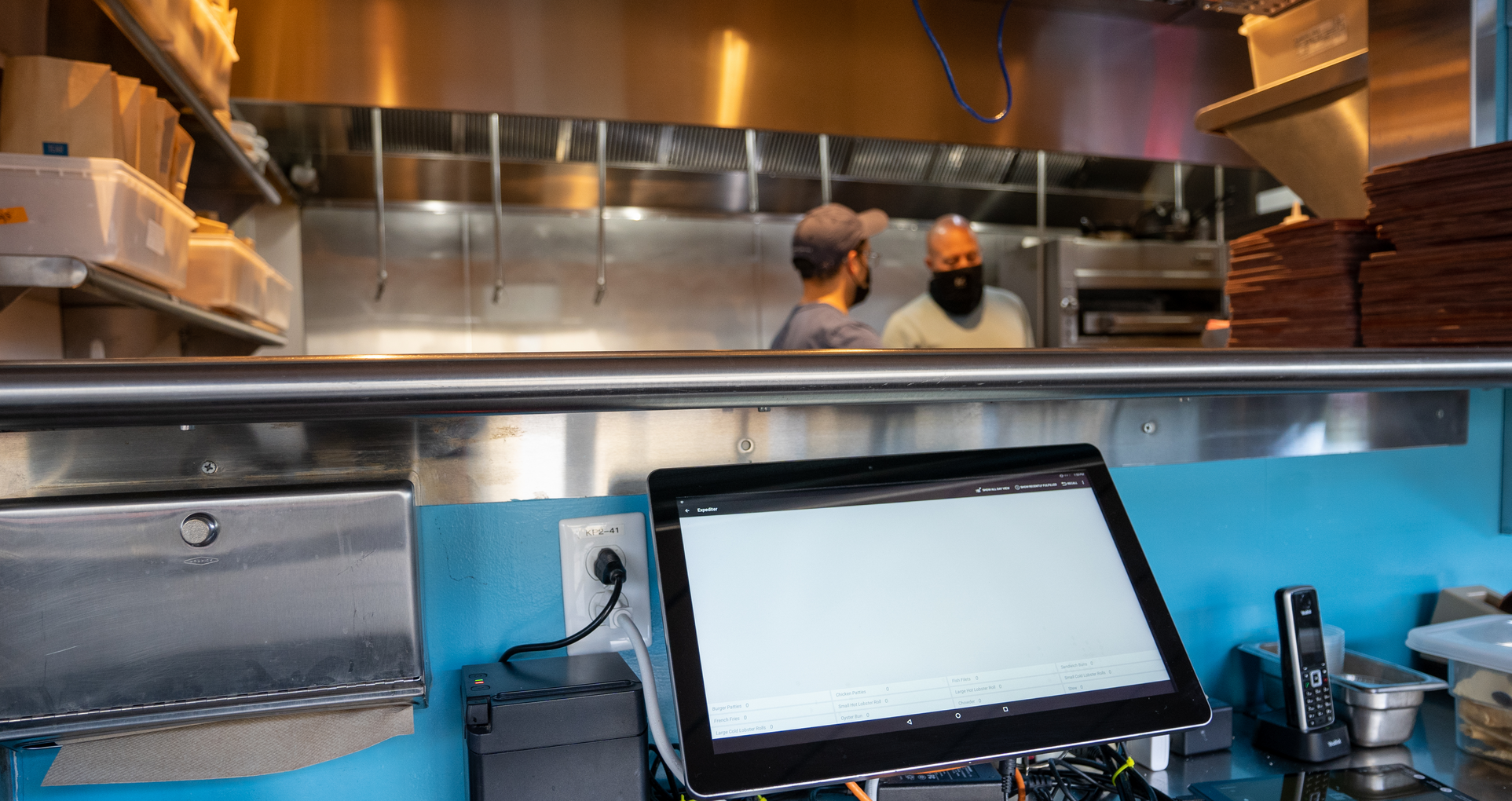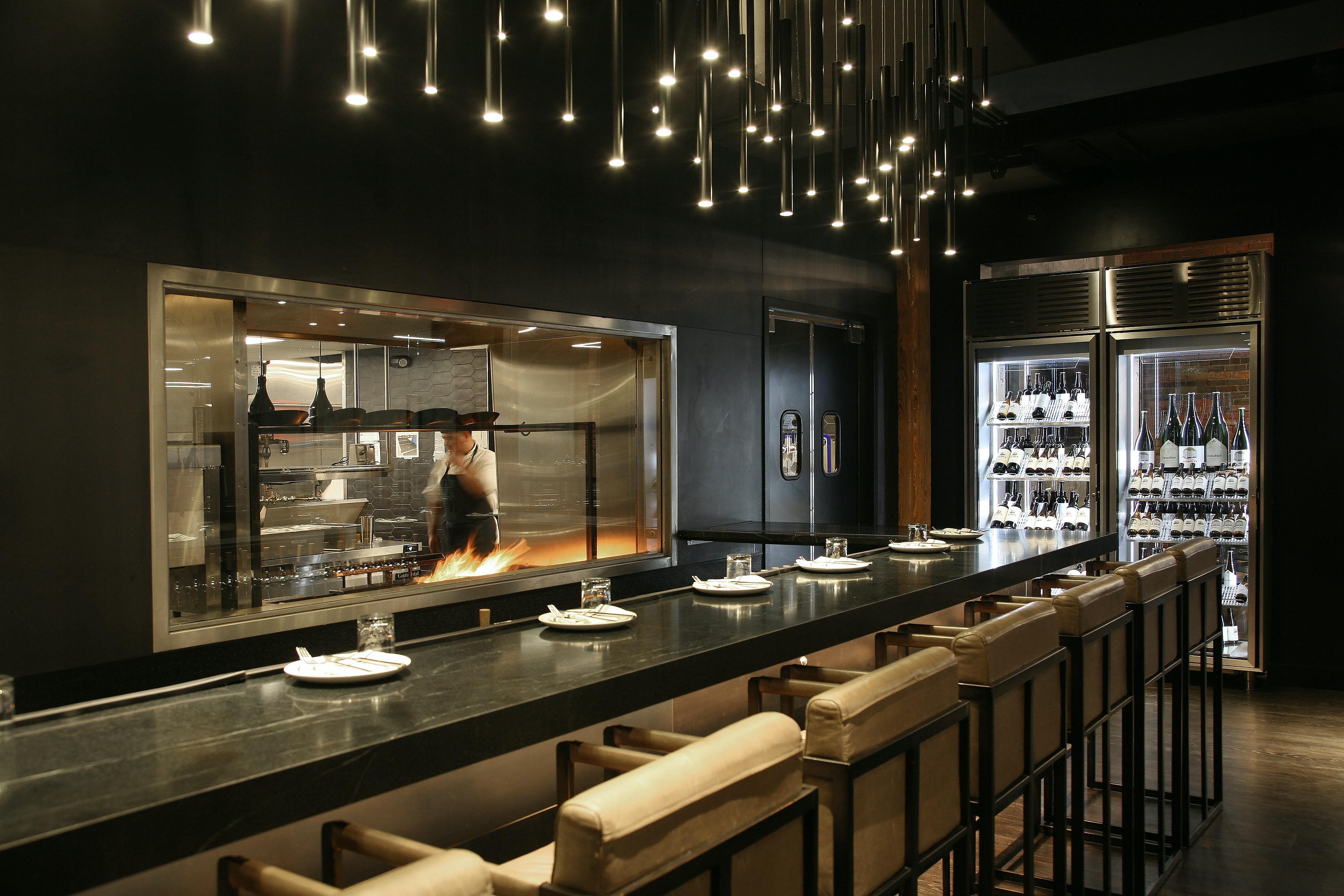
How to Create Restaurant Opening and Closing Checklists
Restaurant opening and closing checklists can maintain cleanliness and food safety standards by streamlining daily tasks. Here's how to make one.
Tyler MartinezAuthor

Restaurant Opening and Closing Checklist
The beginning and end of a shift can be frantic. Use this free PDF checklist to set your front-of-house staff up for success.
Get Free Download | Built for Restaurants
| Built for RestaurantsWhat is an opening and closing checklist in a restaurant?
Opening and closing checklists are lists of the key tasks that staff complete at the start and end of the workday. Opening checklists ensure that the restaurant is ready to run smoothly throughout the day. Closing checklists help staff to clean the restaurant properly and set the restaurant up for the next shift.
Restaurant Opening and Closing Checklist Guide
A lot of work goes into setting up and closing down a restaurant every day. There are a lot of small tasks that service and kitchen staff need to keep track of to keep the restaurant operating efficiently.
That’s why restaurant owners know the importance of streamlining day-to-day operations.
Opening and closing checklists for restaurants can take a lot of the stress out of delegating tasks. Front-of-house (FOH), back-of-house (BOH), and management staff all benefit from using checklists to keep up with tasks.
Many restaurants use checklists to train staff and keep employees on task. And, checklists help management to keep staff accountable while ensuring that no one forgets what needs to be done.
Checklists can be divided by the kind of task and items listed in the order they should be completed. And, you can create checklists for daily, weekly, and monthly tasks for cleaning and maintenance.
In this article, you will learn about why checklists are useful and how to use them effectively in your restaurants. And we provide a sample of some of the tasks that can be included on your restaurant’s checklists.
What is an opening and closing checklist?
Opening and closing checklists are lists of the key tasks that staff complete at the start and end of the workday. Opening checklists ensure that the restaurant is ready to run smoothly throughout the day. Closing checklists help staff to clean the restaurant properly and set the restaurant up for the next shift. Both kitchen and service staff use checklists to keep them on track and reduce food waste.
Why do you need a checklist before opening and closing a restaurant?
No matter how reliable your staff is, checklists help your employees to keep track of tasks. Opening and closing checklists for front-of-house staff help to keep productivity up and labor costs down. Checklists for kitchen staff keep the restaurant clean and help staff avoid health code violations.
Training
Checklists are great for training new staff members – they ensure that new staff knows the proper way to open and close the restaurant. That way they don’t have to rely on memory to remember what needs to be done.
Team Accountability
Detailed checklists ensure that all the opening and closing tasks are completed correctly and on time. And they help managers and shift leaders to keep the staff accountable by streamlining delegation. Checklists make it easy to split tasks evenly for everyone on a shift.
Ensures Cleanliness Standards
You’d be surprised how quickly high-traffic areas of restaurants become unclean. Restaurants have to stay clean to be inviting to guests and, crucially, to maintain food safety. Daily, weekly, and monthly checklists ensure that cleaning tasks are regularly completed.
Reduce Mistakes
In the restaurant industry, teams rely on each other to set them up for success. When mistakes happen during opening or closing, they can make it more difficult for the next shift. It's easy to forget to clean the drink station and burn leftover ice during a busy shift. Checklists help to ensure that all tasks are completed every shift.
Increase Efficiency
Reducing mistakes with opening and closing checklists can increase the overall efficiency of the restaurant. When tasks are completed on time, everyone is set up for a successful shift. And they take eliminate guesswork for the whole crew, making it easy to complete all necessary tasks.
Kitchen Opening and Closing Checklist
Ensure your back of house runs like a well oiled machine with these customizable kitchen opening and closing checklists.

Tips for Creating and Implementing Your Restaurant Opening and Closing Checklists
Brainstorm Tasks
Start creating your opening and closing checklists by brainstorming tasks that need to be completed during each shift. List everything that needs to be done beyond serving guests and preparing orders on these checklists. You might create separate lists for cleaning tasks that need to be completed weekly or monthly.
Consult your Team
When you have a first draft of the checklists, consult your front-of-house team, back-of-house team, management team, and leadership staff to make sure that nothing is missing. Your team has its feet on the ground during every shift. So they know what needs to be done, including things that aren’t obvious. Make a plan for regular cleaning of every surface and small corner of the restaurant.
Use a Template
Templates can help you to build clear and comprehensive opening and closing checklists for your restaurant. There are templates available for all areas of the restaurant, including front-of-house and kitchen operations. You'll want to personalize any template to fit the needs of your restaurant, and then download the restaurant daily opening checklist pdf for use in your business. It’s important to use precise, easy-to-read language in your checklists so that there’s no question of what list items refer to.
Train the Team
Training your team to use checklists by walking them through how to properly execute each of the listed tasks. You don’t want team members to have to guess about the steps of any of the tasks. Make several copies of your checklists and laminate them so that they stay clean and can be reused with dry-erase markers.
Update Often
Every good process requires a few iterations to get it right. As your restaurant grows and changes, you might need to add items to the checklist to keep it relevant. Make sure that your team is working from the most recent versions of your checklists so that they complete the right tasks.
Types of Opening and Closing Checklists
You can create a checklist for each area of the restaurant. Creating checklists for each station helps to delegate tasks to the right employees. It might help to divide each checklist by the time of day that tasks need to be completed and/or the kind of task, such as stocking and cleaning.
FOH Opening
In addition to providing customer service, front-of-house teams keep the restaurant’s dining room clean and sanitized. Some FOH checklists tasks include:
Set tables with place settings (napkins or linen, silverware, and clean glassware).
Turn on the point of sale system (POS).
Learn the day’s specials and program them into the POS.
Review reservations for the day
Set the music, lighting, and room temperature.
Unlock the front door.
Set up mise en place at the bar.
Fill ice wells.
Spot clean glass doors and windows so that they are free of smudges and streaks.
FOH Closing
Empty trash bins and replace bags.
Refill condiments and sugar packets that live on tables. Wipe down condiment bottles.
Sanitize table tops and bar.
Sweep or vacuum dining room floors.
Clean soda fountain.
Empty ice wells.
Return all menus to the menu holder.
Count cash drawers.
BOH Opening
Back-of-house teams are responsible for preparing dishes for customers during service. Prepping and cooking ingredients requires maintaining clean and organized kitchen stations. Here are some BOH checklist tasks:
Set up stations with sanitizer buckets and cleaning supplies.
Restock stations for line cooks.
Pre-heat ovens, stoves, fryers, and heaters.
Prep ingredients for the shift.
Identify and report any missing inventory and 86 menu items if necessary
Set up kitchen stations with the right equipment
Check temperatures in all refrigeration units.
BOH Closing
Clean and sanitize all food preparation equipment and cooking surfaces.
Sweep and mop floors.
Place ingredients in the walk-in cooler.
Make sure food is organized according to food safety standards to prevent cross-contamination.
Clean and sanitize cooking equipment.
Turn off ovens, stoves, fryers, and heaters.
Management Opening
Restaurant management teams delegate tasks, solve problems, and ensure the safety and security of staff and guests. Here are some examples of management checklist tasks:
Confirm that cash register drawers include amounts reported from previous shifts.
Review the inventory of supplies and ingredients.
Prepare for a staff meeting.
Walk through the restaurant to make sure that everything is clean.
Organize incoming deliveries.
Review the staff schedule.
Explain specials to staff and review menu items.
Set daily sales goals.
Management Closing
Delegate cleaning tasks to the staff.
Cash-out service staff.
Review sales and labor costs for the day and run reports.
Walk through the restaurant to check the staff’s closing tasks.
Lock doors and set the security system.
Streamlining your Restaurant with Checklists
There are dozens of tasks to be completed in a restaurant during opening and closing each day. Without checklists, it’s really difficult for staff and managers to remember them all. Creating checklists for each area of the restaurant makes tasks more manageable and helps operations to run more smoothly overall.
These checklists will help you to streamline daily tasks and help your staff focus on providing each guest with a memorable dining experience.
Related Resources
Restaurant Opening and Closing Checklist
The beginning and end of a shift can be frantic. Use this free PDF checklist to set your front-of-house staff up for success.

Is this article helpful?
DISCLAIMER: This information is provided for general informational purposes only, and publication does not constitute an endorsement. Toast does not warrant the accuracy or completeness of any information, text, graphics, links, or other items contained within this content. Toast does not guarantee you will achieve any specific results if you follow any advice herein. It may be advisable for you to consult with a professional such as a lawyer, accountant, or business advisor for advice specific to your situation.
Read More
Subscribe to On the Line
Sign up to get industry intel, advice, tools, and honest takes from real people tackling their restaurants’ greatest challenges.
By submitting, you agree to receive marketing emails from Toast. We’ll handle your info according to our privacy statement. Additional information for California residents available here


